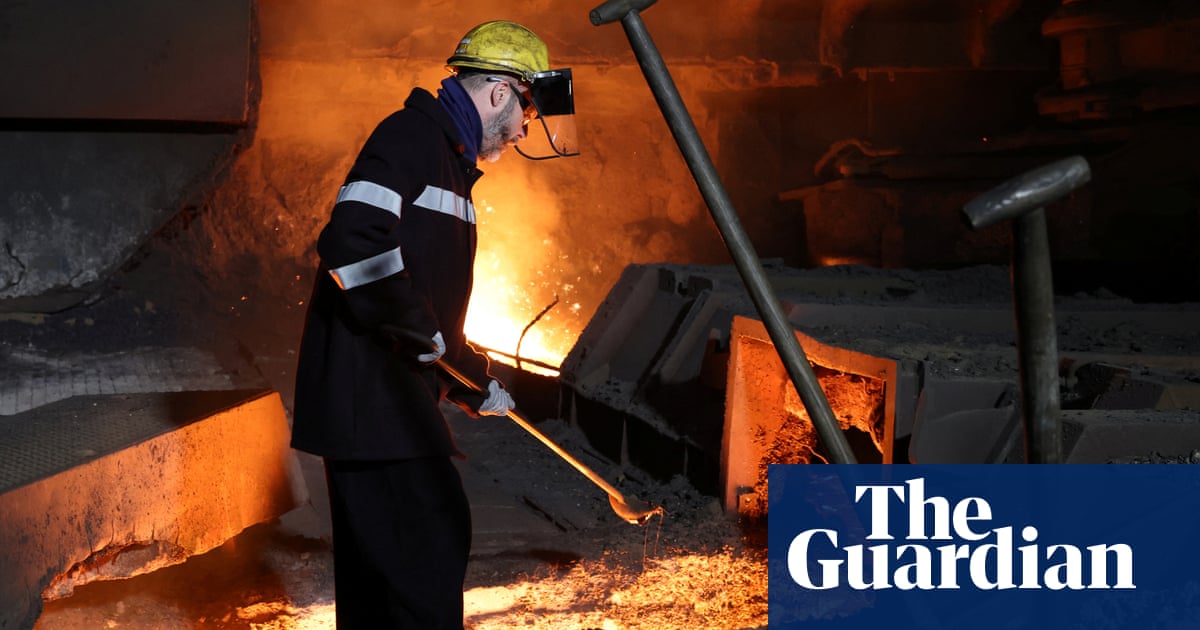When the monsoon rains came last September, they swept away most of the village of Panauti, in the foothills of the Nepali Himalayas. The Roshi River overflowed after the unprecedented rainfall, triggering landslides and destroying most of the roads and bridges.
Peering through the thick blanket of relentless rain “felt like waiting for morning to arrive so we could see the world again”, says Bishnu Humagain. “We lost everything – our home, our agriculture, and all of our belongings.”
In Kathmandu, 20 miles away, 244 people died as the capital recorded its highest rainfall in more than half a century.
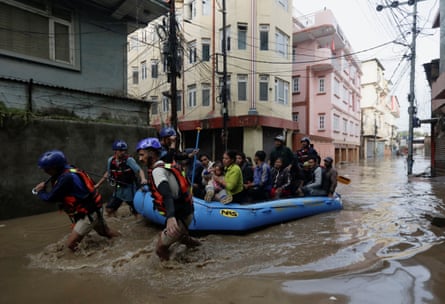
For Humagain, 45, it was the second time that he had to start again: in 2015, an earthquake left almost 9,000 dead and crumbled about half a million homes across Nepal, including his. In the years since then, Nepal has been slowly rebuilt, drawing up disaster-preparedness plans to help build resilience against future catastrophes.
A decade on, the worsening climate crisis is beginning to test that fragile balance. Nepal’s topography leaves it vulnerable to floods and landslides and this is exacerbated by increasingly erratic rainfall patterns. Studies suggest the Himalayas are warming up to 0.7C (1.26F) faster than the global average.
Birendra Bajracharya, of the International Centre for Integrated Mountain Development (ICIMOD), a regional research institute, says: “Climate change is making resilience efforts more challenging, as we are observing disasters with a frequency and magnitude never seen before.”
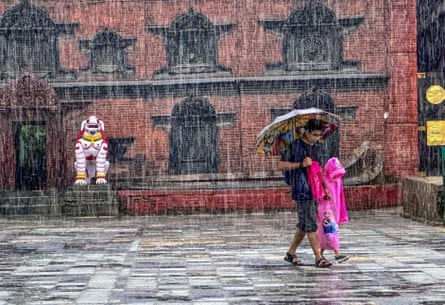
With funding from Nepal’s government already stretched, the withdrawal of USAID support for disaster-preparedness and climate-resilience programmes has added to the strain.
“Adding to the financial crunch that is already there, this is another setback,” says Sangeeta Singh, professor of urban planning at Tribhuvan University and a former member of Nepal’s National Planning Commission.
An initiative partly funded by USAID known as Servir, which used satellite data to “address critical challenges in climate change, food security, water and related disasters”, has been hit by the cuts, says Bajracharya.
Nepal received an outpouring of international support after the 2015 earthquake, with billions of pounds pledged for reconstruction by countries such as India and China.
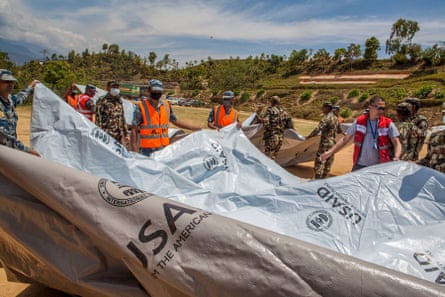
Multilateral agencies, such as the UN Development Programme and the Asian Development Bank, helped the government in initiatives to “build back better”, sharing lessons on resilent design and building codes. International money and expertise helped to build wider roads, and incorporate bioengineering technology for slope stabilisation and drainage.
Those lessons proved essential for mitigating climate-related disasters. Dharam Uprety, of Practical Action Nepal, says: “Now people don’t only think about the earthquake, because Nepal is exposed to many other hazards.” Increasingly, he adds, “resilient infrastructure is coming into the discussion at policy and community level.”
Another important development after 2015 was the formation of Nepal’s National Disaster Risk Reduction and Management Authority in 2017, with a focus on preparedness. Before the earthquake “this kind of institution was not there,” says Sagar Shrestha, the Nepal Red Cross Society’s crisis management director.
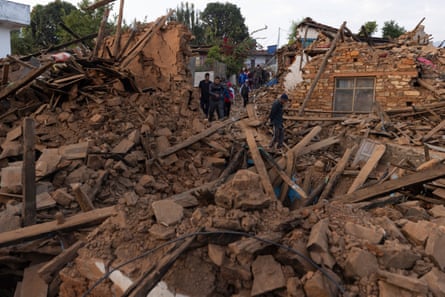
The disaster highlighted the importance of local response, he says, when damage to roads gave access challenges for national and foreign emergency responders. “The more it’s localised, the better,” he says.
after newsletter promotion
Nepal’s Red Cross raises awareness in remote areas on how to respond during earthquakes and flooding. Running disaster simulations while collecting data on regions most at risk helps the organisation prepare, he says.
Resilience, a “buzzword” since 2015, appears now on paper but Singh says implementation and funding often fall short in reality. “When it comes to budgeting, then this is not taken into consideration.”
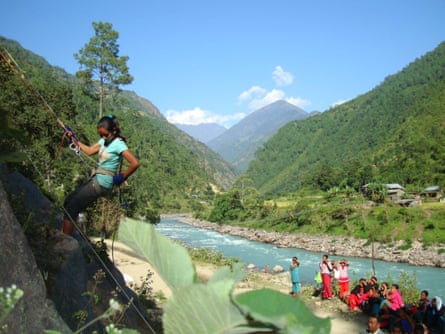
Climate disasters can be as destructive as earthquakes but get less global attention and international funding. Shrestha believes they deserve the same level of concern.
During the September floods, the downpour was so intense his team couldn’t reach the community for four days. “I have never experienced such continuous rainfall,” says Shrestha.
But despite the severity, the attention is “not happening”. “That is also very frustrating for us,” he says.
The Trump administration’s aid cuts exacerbate the shortfall. In April, it was reported that the Millennium Challenge Corporation – a US foreign aid agency focused on building infrastructure in developing countries, and seen as a response to China’s Belt and Road initiative – was being shut down by Elon Musk’s department of government efficiency. One of the halted projects was a $500m (£375m) grant towards energy infrastructure and 200 miles of road repairs.
Without the money, Singh worries construction quality will suffer. With connectivity essential for development, the government has prioritised infrastructure projects – but without money, standards can slip.
“Everybody knows that [the roads] have to be resilient. It’s only that they don’t have the money to do the protective works,” says Singh. Construction in mountain areas heightens flood and landslip risk, obstructing the natural flow of water.

Complacency is also a problem, says Bajracharya. Over the years, fear of another earthquake subsides and people become “less serious on following the regulations”.
“Settlements on flood plains and haphazard construction of roads in mountain areas are big challenges,” he says.
Policies fall short, says Singh, particularly in built-up areas where economic growth can takes precedence over resilience. Only after the earthquake did people understand the importance of open spaces, she says.
“There are no significant changes in the regulations when you plan an expansion of a residential area,” she says, leading to dense urban design and overuse of drainage-limiting concrete.
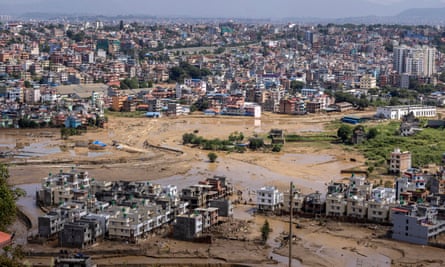
Urbanisation has also led to encroachment on flood plains. In Kathmandu, one of the buildings damaged by the September floods was a large hospital, leading to the emergency evacuation of patients. It had been built on a flood plain.
With the monsoon season approaching, flooding is on people’s minds. The 2015 earthquake destroyed Humagain’s house, but the floods had a longer-term impact, he says. “All my land has been washed away, and now the river is flowing through my fields.”
“We are struggling just to survive,” he says.
“If I had to choose between the two, I would prefer the earthquake.”

 8 hours ago
7
8 hours ago
7
